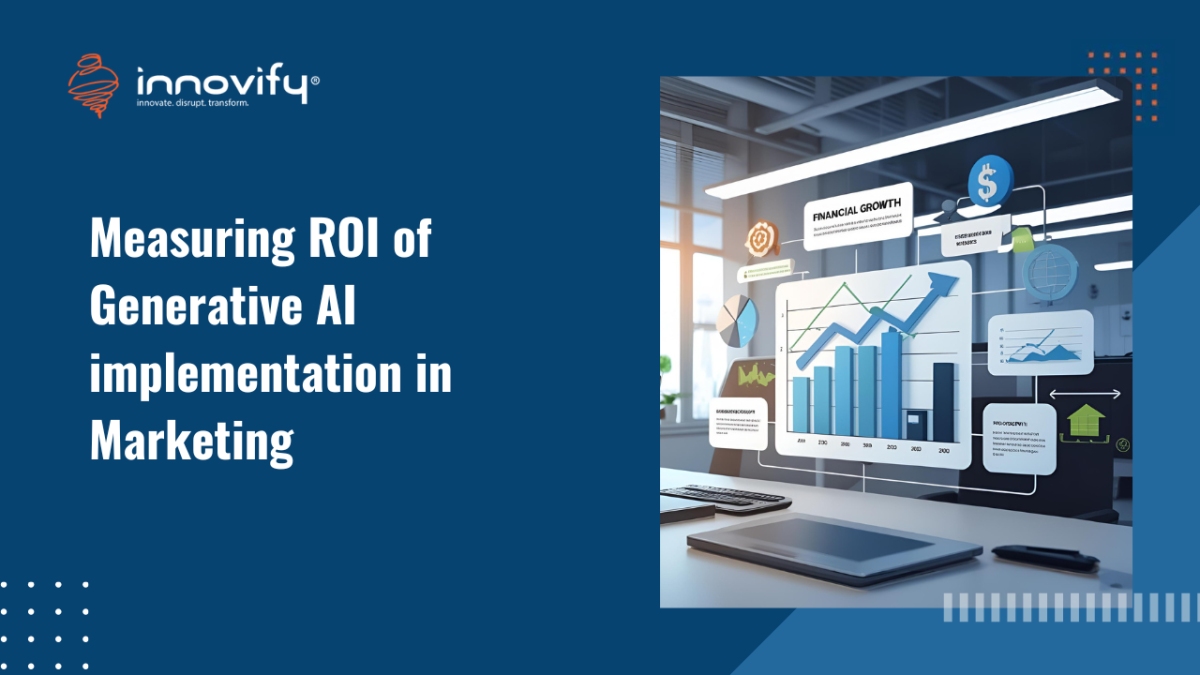AI/ML
Unlocking Value: Measuring the ROI of Generative AI in Marketing
Generative AI ROI in Marketing
Generative AI has burst onto the marketing scene, promising a revolution in content creation, campaign optimization, and personalized customer experiences. From drafting compelling ad copy and generating realistic product images to personalizing email subject lines and even crafting entire blog posts, the applications are seemingly endless. However, as with any emerging technology, the critical question for marketing leaders isn’t just “what can it do?” but “what is its return on investment (ROI)?” Measuring the ROI of generative AI implementation in marketing is paramount for justifying investments, optimizing strategies, and ensuring that these innovative tools translate into tangible business value.
The Challenge of Measuring Generative AI ROI
The challenge in measuring ROI for generative AI lies in its multifaceted impact. Unlike a direct advertising campaign with easily quantifiable metrics like clicks and conversions, generative AI often influences a broader range of marketing activities, with both direct and indirect benefits. Therefore, a comprehensive approach is required, encompassing both quantitative and qualitative measures.
Quantitative Metrics for Success
On the quantitative front, marketers can begin by tracking traditional metrics that generative AI directly influences. For example, when using AI to create ad copy, metrics like click-through rates (CTR), conversion rates, and cost per acquisition (CPA) for AI-generated variations can be compared against human-generated baselines. Similarly, for AI-powered email personalization, open rates, conversion rates from emails, and unsubscribe rates offer clear indicators of effectiveness. The efficiency gains are also crucial: calculate the time saved in content creation or design, and translate that into reduced operational costs or increased output capacity. For instance, if an AI tool can generate 50 unique social media captions in the time it takes a human to craft 5, the efficiency gain is undeniable and quantifiable in terms of labor cost reduction or the ability to produce more campaigns.
Beyond direct campaign metrics, the impact on content velocity and volume should be considered. Can generative AI enable a marketing team to produce significantly more personalized content at scale? This increased output can lead to higher organic search rankings, greater brand visibility, and more frequent customer touchpoints, all of which contribute to overall marketing effectiveness and, eventually, revenue.
Capturing Qualitative Benefits
Qualitatively, the benefits can be more subtle but equally impactful. Improved brand consistency across various marketing assets generated by AI, enhanced creativity through AI-powered brainstorming, and the ability to rapidly A/B test a wider range of creative variations all contribute to a stronger brand presence and more effective campaigns. Customer feedback on personalized content can also provide valuable qualitative data on engagement and satisfaction. While these might not directly translate into immediate dollar figures, they lay the groundwork for long-term brand equity and customer loyalty, which are significant drivers of future revenue.
Establishing Baselines and Considering Costs
Establishing a baseline before implementing generative AI is essential for accurate ROI measurement. This involves recording current performance metrics, content production times, and creative output. Post-implementation, A/B testing different content generated by AI versus human-created content, or different AI model outputs against each other, can provide robust data for comparison.
Measuring ROI of generative AI implementation in marketing also necessitates careful consideration of the costs involved. This includes software subscriptions, integration expenses, training for marketing teams, and potential computational resources. A true ROI calculation will weigh these costs against the quantifiable benefits (e.g., increased conversions, reduced operational costs) and the projected value of qualitative improvements.
Ultimately, the successful integration of generative AI in marketing is not just about adopting new tools, but about strategically leveraging them to achieve measurable business outcomes. By meticulously tracking both quantitative and qualitative indicators, businesses can ensure that their generative AI investments are not just innovative, but also genuinely profitable, propelling their marketing efforts to new heights of efficiency and effectiveness.
Curious how generative AI can boost your marketing ROI? Schedule a consultation with Innovify.




